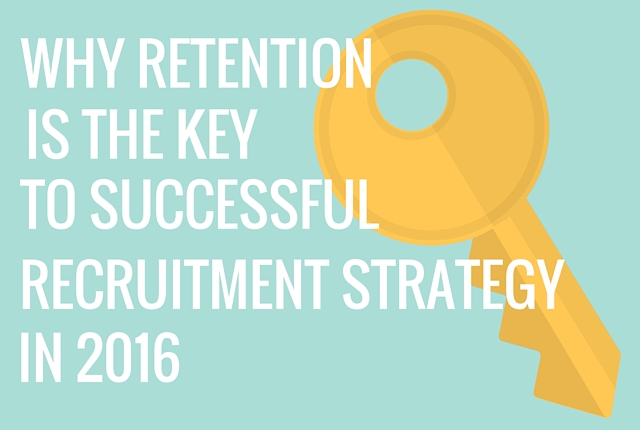Social recruiting, like most things social media-related, has become increasingly popular and useful over the last few years. Social recruiting, by its simplest definition, is the use of social media by companies to recruit talented employees. Some point out that for true social recruiting to take place, a community has to form around a particular media source (a website, a blog, etc.)—linking the term “social” to its broader meaning, rather than a social media tag. However, either interpretation of the term can be useful in your company recruiting strategies.
At its most basic level, social media can be a great way to spread the word about your company news. This news can be anything from media hits for your company, to goals you’ve accomplished, to (you guessed it) job openings. A Twitter or Facebook account is a great way to begin your social media strategies. You can expect some of your followers to be potential employees, but more importantly, you can expect the traffic on your social media outlets to be from colleagues and business contacts. While your social media hits might not reach recruits directly, colleagues may pass the news along to worthy candidates.
To take this point a step further, the Social Recruiting Strategies Conference this past January (in which Spark Hire attended) hammered home the importance of your employees and their networks in your social recruiting strategies. Some of the top tweets from this year’s Social Recruiting Strategies Conference include:
“Everyone is a Brand Ambassador, Everyone is a Recruiter”
“You don’t create your employment brand, your candidates and employees do.”
This means that your employees need to be involved in your social recruiting strategies. What kinds of social media do you use to implement your social recruiting strategies? Do you blog, tweet, or facebook? Give your (trusted) employees time and license to contribute to your social media strategy with relevant information, entertaining stories, and appropriate ties to current events and pop culture. This kind of social media presence helps entice top talent by showing them a “window” into your company culture. Candidates reason that if current employees are fulfilled in their jobs with your company, they might be too.
The larger this community of social media contributors becomes, the closer you become to achieving the second kind of social recruiting I mentioned above. The larger your pool of social media contributors, the larger your community becomes. Your content will also potentially vary more wildly from strictly work-related topics. This is okay! Think about your favorite blog or website: will they have any problem at all recruiting top talent when they need employees? No way!
What are your top social recruiting strategies? Have you had any social media failures? Start a conversation below! And for more information, check out this white paper on social recruiting.
IMAGE: Courtesy of Flickr by mkhmarketing






